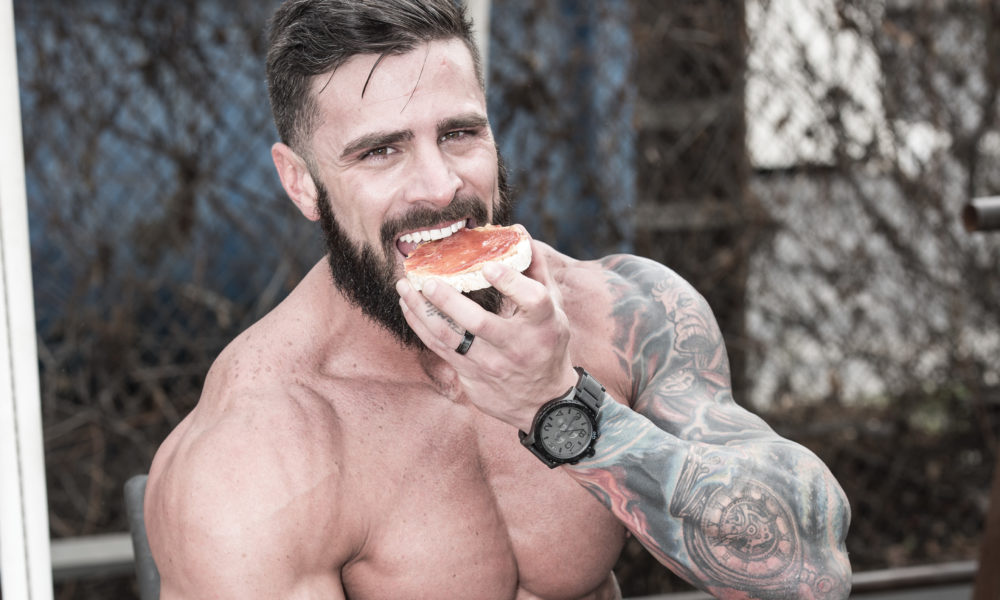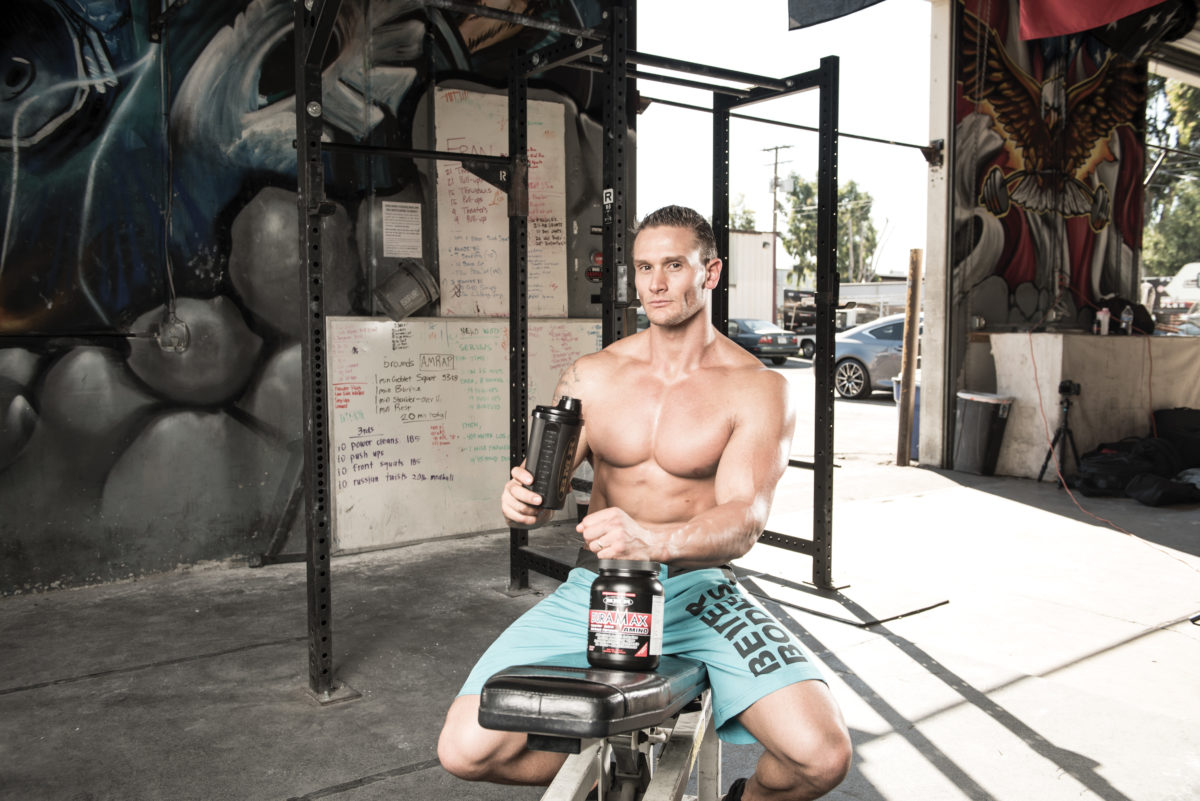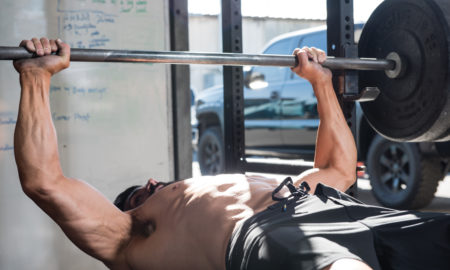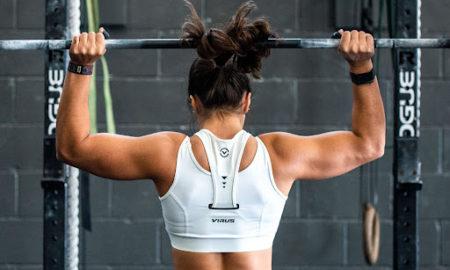

Intra workout nutrition: Is it necessary? The good and the bad.
By Tucker Loken-
PQ: “You may not be able to out-train a bad diet, but you also can’t out-diet a bad training program.”
The practice of intra-workout supplementation with calorie-free amino acids, simple carbs, or quick-digesting protein has some sound logic and proven results behind it. For bodybuilders, the idea is that by taking in sugars, amino acids, and possibly protein while working out you’re constantly feeding your muscles. You’re breaking down muscle fibers and depleting glycogen by lifting weights, but then immediately replenishing glycogen stores and amino acids.
For powerlifters, it can be helpful because it can sustain energy levels during a long workout. Bodybuilding workouts are generally shorter but more frequent each week, and powerlifting sessions are usually on fewer days but much longer sessions. Intra-workout sugar and protein can help when you’re prepping for a meet, and your squat session has taken an hour and a half, and you still have some assistance work to do. These are the positive uses behind it, but where can people go wrong?
One of the biggest problems I’ve seen is people taking in too many calories, or the wrong kind of calories, and doing it unnecessarily. Too many calories from intra-workout supplements can work against you and start stealing your pump. When you’re consuming calories during your workout, your body still has to digest them, which means blood flow is being diverted to your stomach and is being used to digest the food rather than push nutrients into your muscles as you’re lifting. You may not be able to out-train a bad diet, but you also can’t out-diet a bad training program.
The right kind of intra-workout calories matters as well. If you suck down a lot of calories from grape juice and whey protein during your workout, don’t be surprised if you feel bloated and uncomfortable. There are a lot of intra-workout carbohydrate and protein sources like HBCD carbs and hydrolyzed protein powders that are much easier to digest and can be utilized by your body during training.
The necessity of the intra-workout supplements is debatable. If you watch old-school bodybuilding videos, you’ll see them just drinking water during their workouts. Why? Because the plan they are on is already meeting their nutritional needs and is helping them make gains. On the other side of the argument you’ll see bodybuilders who swear by intra-workout nutrition and have a great experience with it for growth in the off-season and maintaining muscle while dieting. Just like anything else, the individual body type of the person matters most. Some people will benefit dramatically, and some will see little to no benefit. It’s up to the person to assess whether they are getting much out of it.

Adjusting Calorie Intake
Another factor that can get in your way is eating different amounts on different days. This depends on the program you’re on, how frequently you’re training, and whether you have a special protocol (such as intra-workout nutrition) around your training sessions.
A common tactic I see a lot of bodybuilders do right when they start trying to lose body fat is to rotate their carbohydrate intake depending on the muscle group they’re working that day: high-carb days on legs or back, low-carb days on shoulders or arms, or some kind of mix depending on their training split. The rationale behind it is that because you’re expending more energy on those big muscle groups, you need more fuel that day. This can work for a lot of people and can be helpful when the diet becomes very restrictive and body fat becomes difficult to lose. The drawback to this approach, though, is that it’s often something I see people do right away when they start leaning up. The problem is, these people haven’t stayed on a diet long enough to properly learn their body and what they need nutrition-wise.
Whenever you’re trying to change your body, having a baseline to begin with is the most important piece of the puzzle, because it makes troubleshooting very easy. If you get depleted or over-trained, you won’t know what the problem is if things are constantly changing. Having a steady and stable diet that has the same calories and macronutrients each day is important to the learning process, and overall a much easier approach. Aside from changing any kind of post-workout simple carbs to complex carbs on your off day, there isn’t any need to get fancy with things when you’re adjusting from a bulking process to a cutting process. The body fat will come off with minimal effort if you just lower the overall intake by a few hundred calories. As you get deeper into your prep, you can begin cycling your carbs if necessary, but even then it should be small changes—adding more carbs to your leg day and decreasing carbs on your arm day would be a good example. If all goes well for a week or two, continue making changes, while always keeping an eye on your body composition, strength, energy levels, and overall hunger. If you’re feeling drawn out and tired with two months left in your diet, you’re doing something wrong.
For powerlifters, varying your amount of food on training days versus non-training days can be a wise choice. Because the goal is to constantly build muscle and fuel the body, the risk of not eating enough and is very low. Since powerlifting training splits tend to be fewer days per week, and much longer workouts, the change in energy expenditure is drastically different. It can be as easy as eating plenty of healthy protein, carbs, and fats on a non-training day, and then adding in an extra meal in the form of a post-workout shake with protein and simple carbs on workout days, or it can be a change in the serving size of certain macros in several of the meals. The difference between the two is minimal and just depends on the athlete’s preference.
If you’ve been considering one of these approaches, you have to ask yourself if what you’re doing now is already working. If you’re making progress, keep with it until things slow down. Eventually everyone reaches a plateau, and that’s when it’s time to make changes. Whether it’s adding more food during the day or taking some out, or experimenting with intra-workout nutrition, keeping it simple and making small changes over time is always the best way to do things. IM


















You must be logged in to post a comment Login